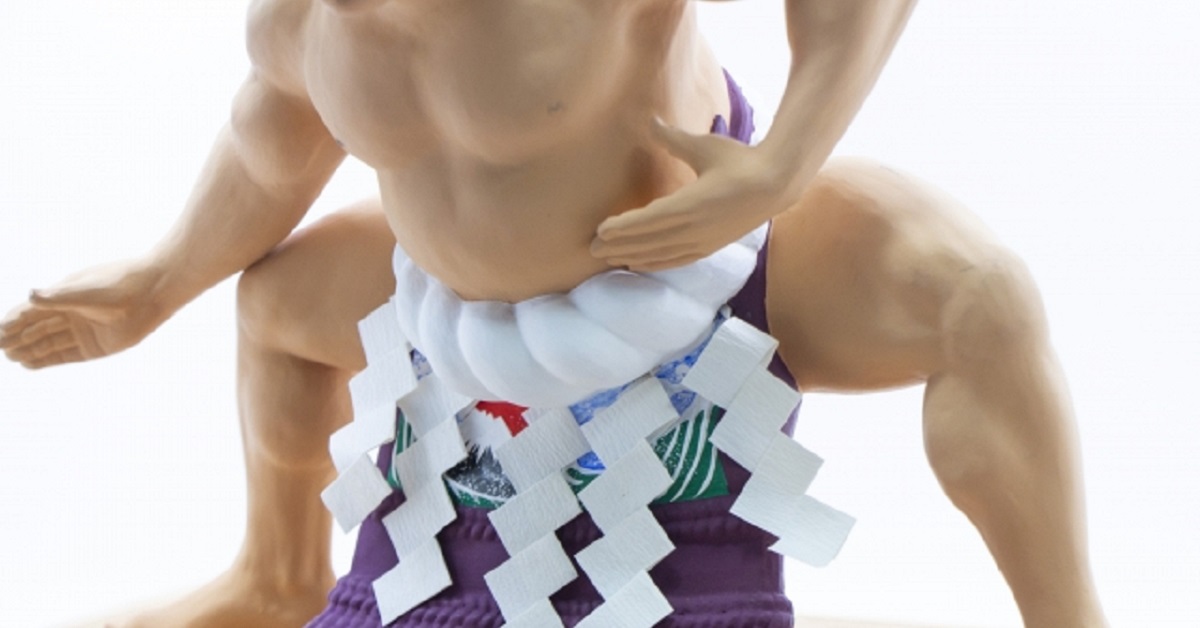In the world of sumo, the Yokozuna is the highest rank, reserved only for wrestlers who combine unmatched strength with impeccable dignity. This prestigious title is more than just a measure of victories — it represents cultural heritage and moral leadership within and beyond the ring.
Overview of Yokozuna
A Yokozuna stands at the pinnacle of the sumo ranking and must possess both overwhelming skill and strong character. In the ring, they demonstrate unmatched strength while respecting opponents and maintaining decorum. Simply achieving a winning record is not enough — they are expected to consistently compete for championships. As symbols of sumo, Yokozuna also take on public duties and media appearances, carrying significant social responsibilities.
Criteria for Promotion to Yokozuna
To become a Yokozuna, a wrestler must have an outstanding record as an Ozeki, along with the proper demeanor and attitude. Two consecutive tournament championships or an equivalent record are generally required.
Table – Promotion Criteria
| Criteria | Details |
|---|---|
| Rank | Stable, proven record as Ozeki |
| Performance | Two consecutive championships or equivalent |
| Character | Respect, decorum, personal integrity |
| Recommendation | Approval by the Yokozuna Deliberation Council |
Promotion is based not only on numbers but also on the wrestler’s character and conduct outside the ring.
History of Yokozuna
The title of Yokozuna originated in the mid-Edo period as a license granted to top wrestlers, without being officially recorded on the ranking chart. From the Meiji era onward, it became the formal highest rank. In the Showa period, Yokozuna became national icons, and in the postwar era, foreign-born Yokozuna began to rise, bringing international attention to the sport.
Table – Evolution of the Yokozuna System
| Era | Features |
|---|---|
| Edo Period | Granted as a license to Ozeki |
| Meiji Era | Officially recorded in rankings |
| Showa Period | Became national heroes |
| Heisei & Later | Prominence of foreign-born Yokozuna |
Famous Yokozuna in History
Throughout sumo history, certain Yokozuna have distinguished themselves through skill, strength, and dignity.
Table – Notable Yokozuna
| Name | Years Active | Major Achievements |
|---|---|---|
| Futabayama | 1937–1945 | Record 69 consecutive wins |
| Taiho | 1961–1971 | 32 championships |
| Chiyonofuji | 1981–1991 | 53 consecutive wins, Showa-era legend |
| Hakuho | 2007–2021 | 45 championships, all-time record |
The Yokozuna Ring-Entering Ceremony
A Yokozuna performs a special ring-entering ceremony (dohyō-iri) at the start and end of tournaments. There are two distinct styles — Unryu-gata and Shiranui-gata — each carrying symbolic meaning.
Table – Comparison of Ring-Entering Styles
| Style | Features | Symbolism |
|---|---|---|
| Unryu-gata | Left arm bent, right arm lowered | Stability and defense |
| Shiranui-gata | Both arms extended horizontally | Aggression and power |
This ceremony is a visual display of dignity and authority to the audience.
Achievements of Foreign-Born Yokozuna
Since the Heisei era, many foreign-born wrestlers have reached the rank of Yokozuna. They have been praised not only for their physique and strength but also for their understanding of Japanese sumo culture and respectful demeanor.
Table – Examples of Foreign-Born Yokozuna
| Name | Country | Years Active | Major Achievements |
|---|---|---|---|
| Akebono | USA | 1993–2001 | First foreign-born Yokozuna |
| Asashoryu | Mongolia | 2003–2010 | Dominant offensive power |
| Hakuho | Mongolia | 2007–2021 | 45 championships, all-time record |
| Kakuryu | Mongolia | 2014–2021 | Known for stability and technique |
Responsibilities and Retirement of a Yokozuna
The role of Yokozuna demands exemplary conduct beyond mere victories. If performance declines significantly, it is customary for a Yokozuna to retire voluntarily. Retirement is marked by a solemn hair-cutting ceremony (danpatsu-shiki) attended by fans and officials.
Table – Key Responsibilities
| Aspect | Details |
|---|---|
| Attitude in Ring | Respect for opponents and spectators |
| Performance | Consistent championship contention |
| Social Role | Conduct in public and official events |
| Retirement Decision | Voluntary, with dignity |
Conclusion
A Yokozuna is the highest rank in sumo, reserved only for those who unite strength, skill, and spirit at the highest level. Their presence goes beyond sports — they are cultural ambassadors and symbols of Japanese tradition. Understanding the promotion criteria, history, rituals, and achievements of both Japanese and foreign-born Yokozuna allows us to fully appreciate their importance. A Yokozuna is truly a source of national pride.





コメント